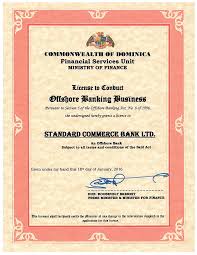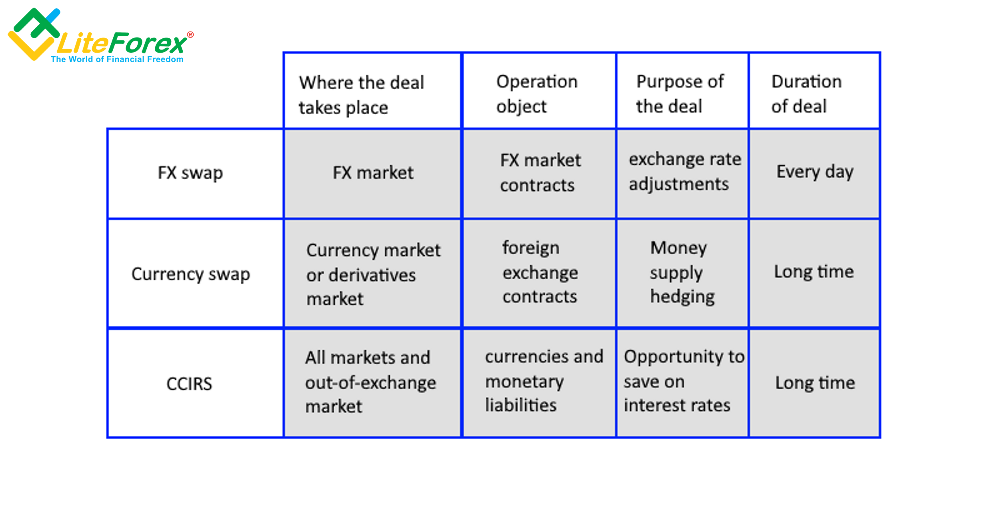
These are the key areas that you need to focus on when trying to find value in stocks. These include Dividend yield and price-tobook ratio. These factors can help you identify bargain-priced companies. Listed companies may be worth a higher premium than unlisted companies, but they still deserve a look.
Price-to-book
Stocks' price-to book value is a financial ratio that helps identify undervalued stocks. It is a ratio that compares the company's market capitalization and its book value. This is the sum of its total assets minus all its liabilities. In order to be able to invest in companies with lower prices-to-book values, it is a good idea.

A high ratio P/B means that a stock is priced higher than its book value. While a low ratio P/B indicates that a stock may be undervalued. In general, a low P/B ratio means a company is undervalued, but there are also instances when a high P/B ratio might signal trouble for a company.
Dividend yield
Dividend yield refers to the annual amount that a stock company pays in dividends. The yield is usually expressed by a percentage. It can be calculated by multiplying an annual dividend by the stock prices. A dividend yield can also represent a percentage of the portfolio's overall value.
Stock dividend yields vary depending on current interest rates. Dividends are paid at either 1.5% or 2.5%. The amount withheld is dependent on the income earned by the stock. The dividend yield will rise if the current interest rate is higher.
Debt levels
Debt levels in stocks are an important factor to consider when making investment decisions. It may be prudent for long-term investors to steer clear from high-risk stocks, and instead concentrate on a portfolio of diversification. Due to the large amount of money involved in long-term debt, it can cause a significant distortion of a stock's balance sheets. But, large debts may lead to high growth.

Stock debt levels can be an indicator of stock overvaluation. Equity investors are more concerned with short-term performance than debt. Some investors may have some protection against higher debt through municipal bonds. The historical level of municipal debt has been relatively stable. Additionally, the borrowing limits for state and municipal governments help limit the amount they can issue.
FAQ
Should I invest in real estate?
Real Estate Investments are great because they help generate Passive Income. They require large amounts of capital upfront.
Real Estate is not the best option for you if your goal is to make quick returns.
Instead, consider putting your money into dividend-paying stocks. These pay monthly dividends, which can be reinvested to further increase your earnings.
How do I wisely invest?
An investment plan is essential. It is essential to know the purpose of your investment and how much you can make back.
You must also consider the risks involved and the time frame over which you want to achieve this.
This will help you determine if you are a good candidate for the investment.
Once you have decided on an investment strategy, you should stick to it.
It is better to only invest what you can afford.
How long does it take to become financially independent?
It depends upon many factors. Some people are financially independent in a matter of days. Others take years to reach that goal. No matter how long it takes, you can always say "I am financially free" at some point.
The key is to keep working towards that goal every day until you achieve it.
Which investment vehicle is best?
There are two main options available when it comes to investing: stocks and bonds.
Stocks represent ownership interests in companies. They are better than bonds as they offer higher returns and pay more interest each month than annual.
You should invest in stocks if your goal is to quickly accumulate wealth.
Bonds offer lower yields, but are safer investments.
Keep in mind that there are other types of investments besides these two.
These include real estate and precious metals, art, collectibles and private companies.
Statistics
- 0.25% management fee $0 $500 Free career counseling plus loan discounts with a qualifying deposit Up to 1 year of free management with a qualifying deposit Get a $50 customer bonus when you fund your first taxable Investment Account (nerdwallet.com)
- According to the Federal Reserve of St. Louis, only about half of millennials (those born from 1981-1996) are invested in the stock market. (schwab.com)
- If your stock drops 10% below its purchase price, you have the opportunity to sell that stock to someone else and still retain 90% of your risk capital. (investopedia.com)
- Over time, the index has returned about 10 percent annually. (bankrate.com)
External Links
How To
How to Retire early and properly save money
Retirement planning is when your finances are set up to enable you to live comfortably once you have retired. It is where you plan how much money that you want to have saved at retirement (usually 65). It is also important to consider how much you will spend on retirement. This includes hobbies and travel.
It's not necessary to do everything by yourself. Many financial experts can help you figure out what kind of savings strategy works best for you. They'll assess your current situation, goals, as well any special circumstances that might affect your ability reach these goals.
There are two main types: Roth and traditional retirement plans. Roth plans allow for you to save post-tax money, while traditional retirement plans rely on pre-tax dollars. It all depends on your preference for higher taxes now, or lower taxes in the future.
Traditional retirement plans
Traditional IRAs allow you to contribute pretax income. You can contribute up to 59 1/2 years if you are younger than 50. If you want your contributions to continue, you must withdraw funds. You can't contribute to the account after you reach 70 1/2.
If you've already started saving, you might be eligible for a pension. These pensions can vary depending on your location. Employers may offer matching programs which match employee contributions dollar-for-dollar. Others offer defined benefit plans that guarantee a specific amount of monthly payment.
Roth Retirement Plans
Roth IRAs are tax-free. You pay taxes before you put money in the account. Once you reach retirement age, earnings can be withdrawn tax-free. However, there are some limitations. You cannot withdraw funds for medical expenses.
A 401(k), another type of retirement plan, is also available. These benefits may be available through payroll deductions. These benefits are often offered to employees through payroll deductions.
401(k) Plans
Most employers offer 401(k), which are plans that allow you to save money. They let you deposit money into a company account. Your employer will automatically contribute a portion of every paycheck.
You can choose how your money gets distributed at retirement. Your money grows over time. Many people take all of their money at once. Others distribute their balances over the course of their lives.
There are other types of savings accounts
Other types are available from some companies. At TD Ameritrade, you can open a ShareBuilder Account. With this account, you can invest in stocks, ETFs, mutual funds, and more. You can also earn interest for all balances.
Ally Bank has a MySavings Account. You can use this account to deposit cash checks, debit cards, credit card and cash. You can also transfer money to other accounts or withdraw money from an outside source.
What to do next
Once you have a clear idea of which type is most suitable for you, it's now time to invest! First, find a reputable investment firm. Ask family and friends about their experiences with the firms they recommend. Check out reviews online to find out more about companies.
Next, you need to decide how much you should be saving. This involves determining your net wealth. Your net worth includes assets such your home, investments, or retirement accounts. It also includes liabilities like debts owed to lenders.
Once you know how much money you have, divide that number by 25. This number is the amount of money you will need to save each month in order to reach your goal.
For example, let's say your net worth totals $100,000. If you want to retire when age 65, you will need to save $4,000 every year.